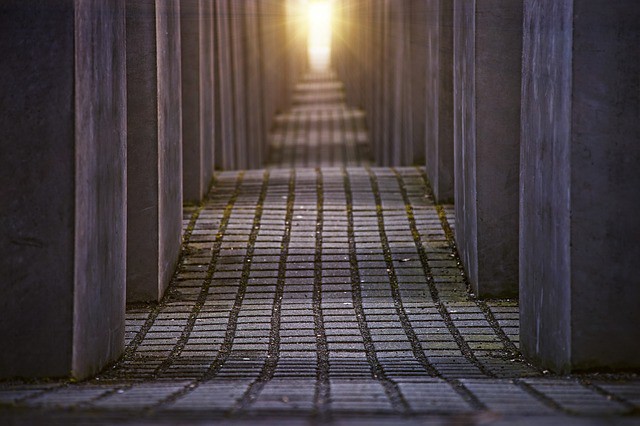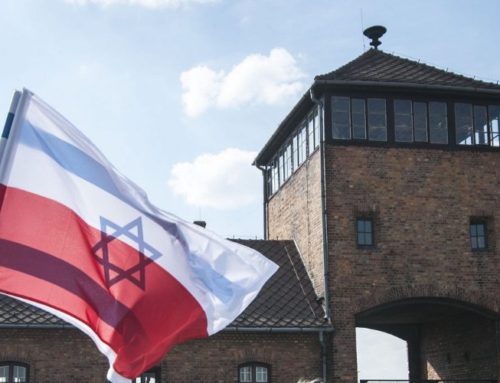Late last year, I was excited to learn about Poland’s plans to open The Warsaw Ghetto Museum, a state-of-the-art facility dedicated to the Jews who were imprisoned and murdered in Poland’s Warsaw Ghetto during Nazi occupation in World War II.
Currently undergoing extensive renovations in Poland’s capital, the museum will be housed in a former children’s hospital founded by Jewish philanthropists in the late 19th century; a building which was enclosed within the ghetto’s walls. The facility is slated to open in 2023 on the 80th anniversary of the Warsaw Ghetto Uprising which was the single largest revolt by Jews during the war and ended in the tragic loss of 13,000 Jewish people.
Daniel Blatman, the chief historian of the institution, says it will be the first Polish museum to focus entirely on the Holocaust, although Poland has numerous commemoration sites across the country including at the former Auschwitz concentration camp.
Blatman, a Holocaust historian at the Hebrew University of Jerusalem, outlined ambitious plans for the museum.
In an interview with the Associated Press, Blatman says, “What I would like to achieve is a wide perspective of Jewish life and death during the Nazi occupation through the perspective of the history of the Warsaw ghetto.” He also described plans to address the experiences of Jews throughout Poland in that era, including the many other ghettos created by the occupying Germans.
Another key mission of the museum will be to showcase the fate of Poland’s Jews as part of both Jewish and Polish history.
“Polish Jews who perished during the Holocaust perished as Polish citizens of Jewish origin. And I believe that the right way to present the history of that in Warsaw is to find ways to integrate it into the overall picture of this city under Nazi occupation,” says Blatman. “There was a wall separating Jews and Poles during the Holocaust but that wall was created neither by Jews nor by Poles. It was created by the Germans.”
The project has been met with some controversy. Some accuse Blatman and the right-wing Polish government of centering Poland’s national memory around a constructed narrative that exalts Poles in saving Jews while minimizing their responsibility and/or complacency in the persecution of the Jewish population.
Hava Dreifuss, a history professor at Tel Aviv University who also heads Yad Vashem’s Center for Research on the Holocaust in Poland denied the museum’s request to hire her as a researcher due to the issue.
“The Polish government is trying to advance research and commemoration of the Holocaust as long as it involves Jews who were killed by the Germans,” Dreifuss says.
During the Holocaust, Dreifuss mentions there were also many Jews who perished as a result of direct or indirect Polish involvement. She believes the regime is trying to avoid or limit addressing these matters, despite the existence of a great deal of documentation and research.
Blatman, however, ensures critics that he hasn’t encountered any political involvement during the planning stages and has worked in full academic freedom. He says, “I wouldn’t have agreed to work as a historian in a place where I’d be required to bend my professional approach to political considerations.”
Museum director, Albert Stankowski, includes that despite these claims, the museum is independent and will present an objective overview of the Poles who aided Jews and those who were culpable in their deaths.
Nearly 3.3 million people of Jewish faith and heritage lived in Poland on the eve of German occupation, but nearly all of them lost their lives during the war, making up half of all Jews killed in the Holocaust. Holding Jewish-Polish heritage myself, I hope that the museum’s mission stays true in honoring and educating others on the legacy of these powerful stories.
This post originally appeared on Debrah Lee Charatan’s Philanthropy blog.




